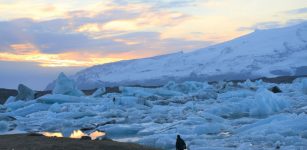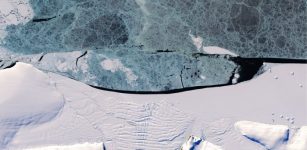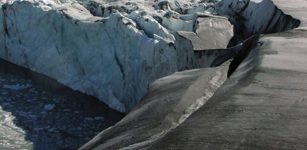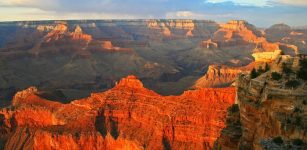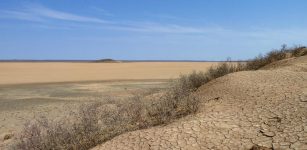Geoscientists Discover Mechanisms Controlling Greenland’s Ice Sheet Collapse
Eddie Gonzales Jr. – MessageToEagle.com – A team of University of South Florida geoscientists’ discovered one of the mechanisms that allows Greenland’s glaciers to collapse into the sea has special significance for the Sunshine State.
Greenland’s more than 860,000 square miles are largely covered with ice and glaciers, and its melting fuels as much as one-third of the sea level rise in Florida.
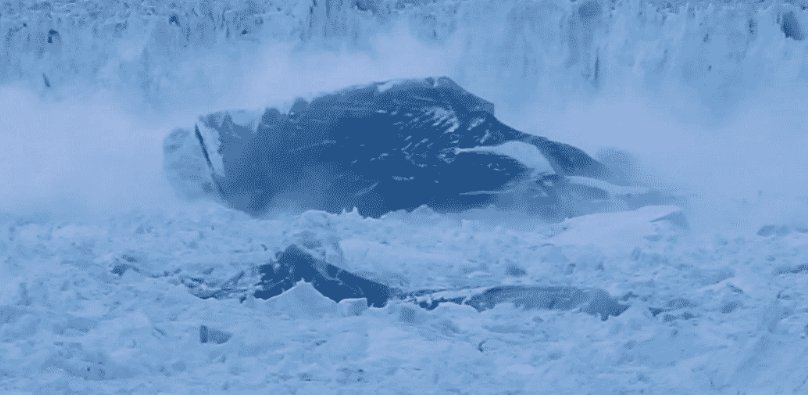 Glacier calving occurring on the Greenland Ice Sheet. Credit: Tim Dixon, PhD
Glacier calving occurring on the Greenland Ice Sheet. Credit: Tim Dixon, PhD
The team led by USF Distinguished University Professor Tim Dixon, PhD, uncovered a process that can control the “calving” of glaciers — when large chunks of glacier ice collapse into the sea, forming icebergs like the one that sank the Titanic.
“Iceberg calving has been challenging to model,” Dixon said in a press release. “One of the big unknowns in future sea level rise is how fast Greenland falls apart, and iceberg calving is one of the least understood mechanisms.”
The team ventured to Greenland in the summer of 2016 to install a new radar system to better understand the process. In particular, they wanted to monitor formations known as pro-glacial “mélange” (from the French word for mixture), a combination of sea ice and icebergs in front of the glacier. The mélange can be tightly packed in the long, narrow fjords that front many of Greenland’s glaciers that meet the sea.
Scientists have long known that mélange can impede glaciers as they move toward the sea, but they haven’t had the data to fully understand the phenomenon.
Researchers precisely measured elevations of the mélange in front of Jakobshavn Glacier , a major outlet glacier on Greenland’s west side. Using analytical techniques developed by Xie, the scientists measured the height of the mélange. The scientists found a thick mélange wedge pressed up against the glacier in late spring and early summer.
During this period, no icebergs calved, the scientists observed. Once the wedge thinned and melted by mid-summer, calving began in earnest.
“On the surface, this mélange is a subtle thing — it appears almost flat- but underwater, there are huge variations. It’s really the underwater part that is pinning the glacier back and preventing it from calving. By precisely measuring the surface elevations, we were able to get a handle on the much bigger sub-surface variations, which define mélange thickness,” Dixon said.
He also added that this study is important for understanding of the calving process.
“We are the first to discover that mélange isn’t just some random pile of icebergs in front of the glacier. A mélange wedge can occasionally ‘hold the door’ and keep the glacier from calving,” Dixon said.
Written by Eddie Gonzales Jr. – MessageToEagle.com Staff

